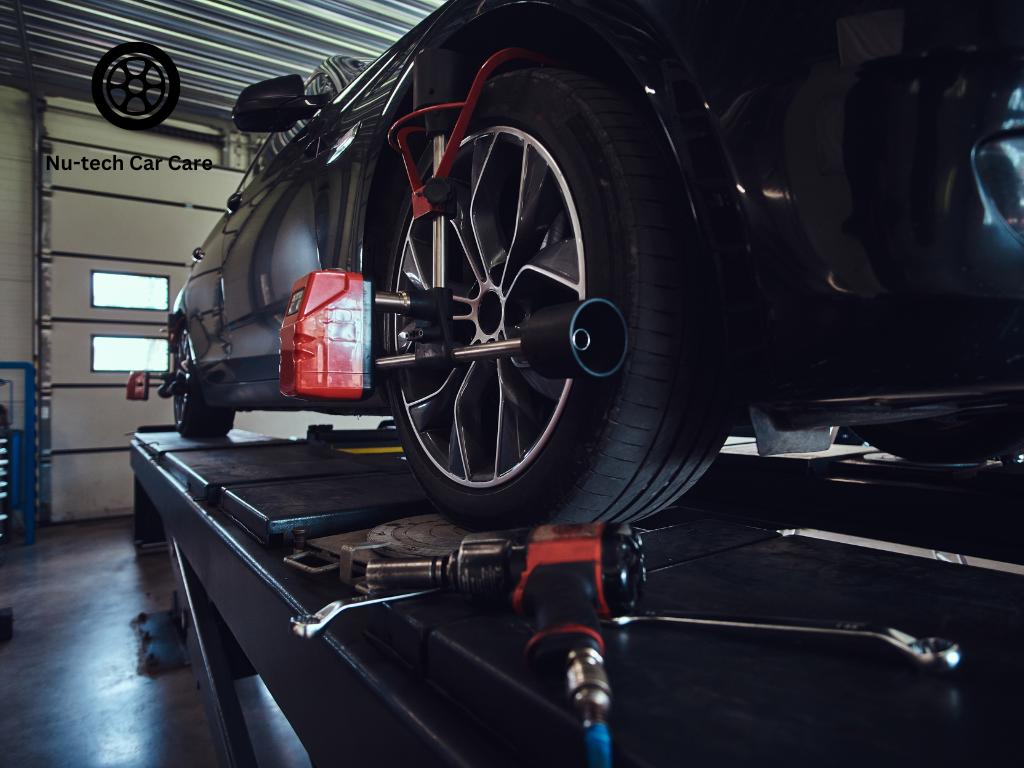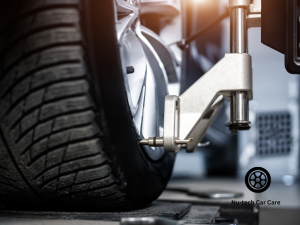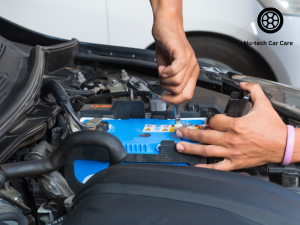Tyre technology is a field rife with myths and misunderstandings, often leading to confusion among vehicle owners and drivers. From misconceptions about tyre types and their functions to incorrect beliefs about maintenance and performance, these myths can significantly impact both vehicle safety and efficiency. Dispelling these myths is not just about enhancing knowledge; it’s crucial for ensuring optimal performance, longevity of the tyres, and most importantly, the safety of the driver and passengers.
The Importance of Accurate Information
Accurate information about tyre technology is essential for several reasons. Firstly, it helps in making informed choices when purchasing tyres, ensuring that the chosen product meets the specific needs of the vehicle and driving conditions. Secondly, correct knowledge about tyre maintenance, such as pressure checks and tread wear, plays a vital role in maximising tyre life and maintaining vehicle safety. Lastly, understanding the capabilities and limitations of different tyre technologies can significantly affect a vehicle’s handling, fuel efficiency, and overall performance.
Debunking Popular Tyre Myths
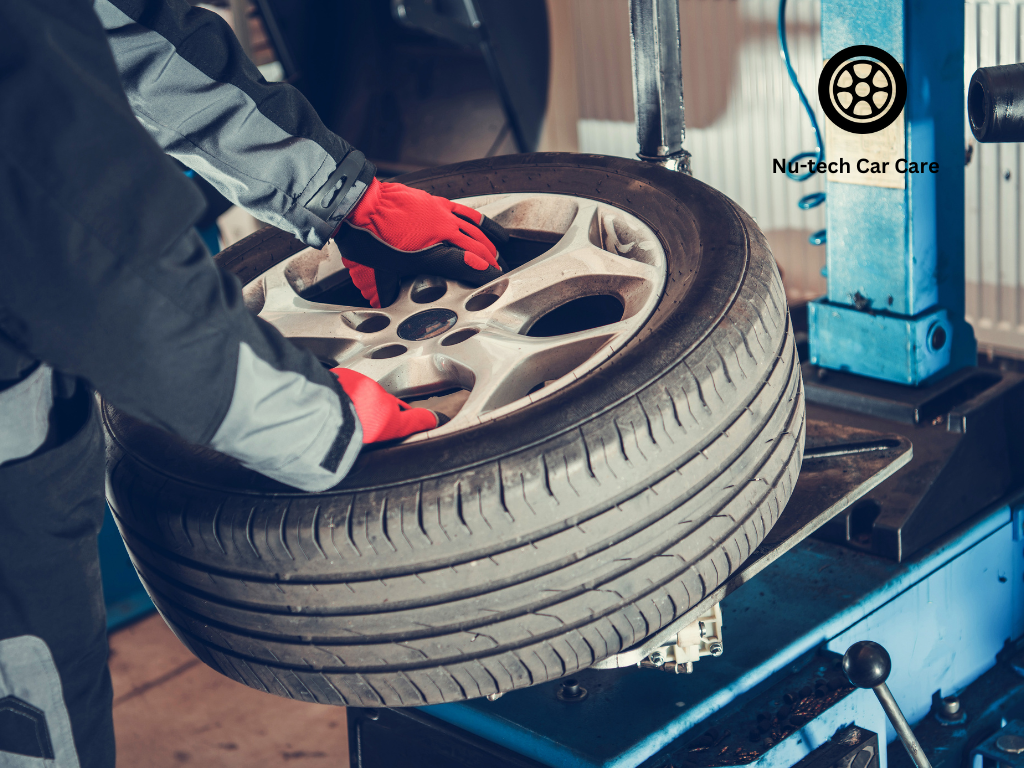
All Tyres Are Essentially the Same
This common myth oversimplifies the complex world of tyre technology. The truth is, there’s a vast diversity in tyre types and technologies, each designed for specific purposes. For instance, summer tyres offer optimal performance in warm weather but may falter in winter conditions, whereas winter tyres are specifically designed to provide better traction in cold and snowy environments. All-terrain tyres and performance tyres further cater to different driving needs, from off-road adventures to high-speed track driving. Understanding these differences is crucial for choosing the right tyre for your vehicle and driving conditions.
More Tread Depth Always Means Better Traction
While tread depth is a significant factor in tyre performance, especially in wet conditions, it’s not the sole determinant of traction. Tyre traction also depends on the tread design, rubber compound, and even the tyre’s overall construction. For example, tyres with a softer rubber compound might offer better grip in certain conditions, but may also wear down faster. It’s essential to consider these various factors and not just tread depth when evaluating a tyre’s performance capabilities.
The Truth About Tyre Inflation
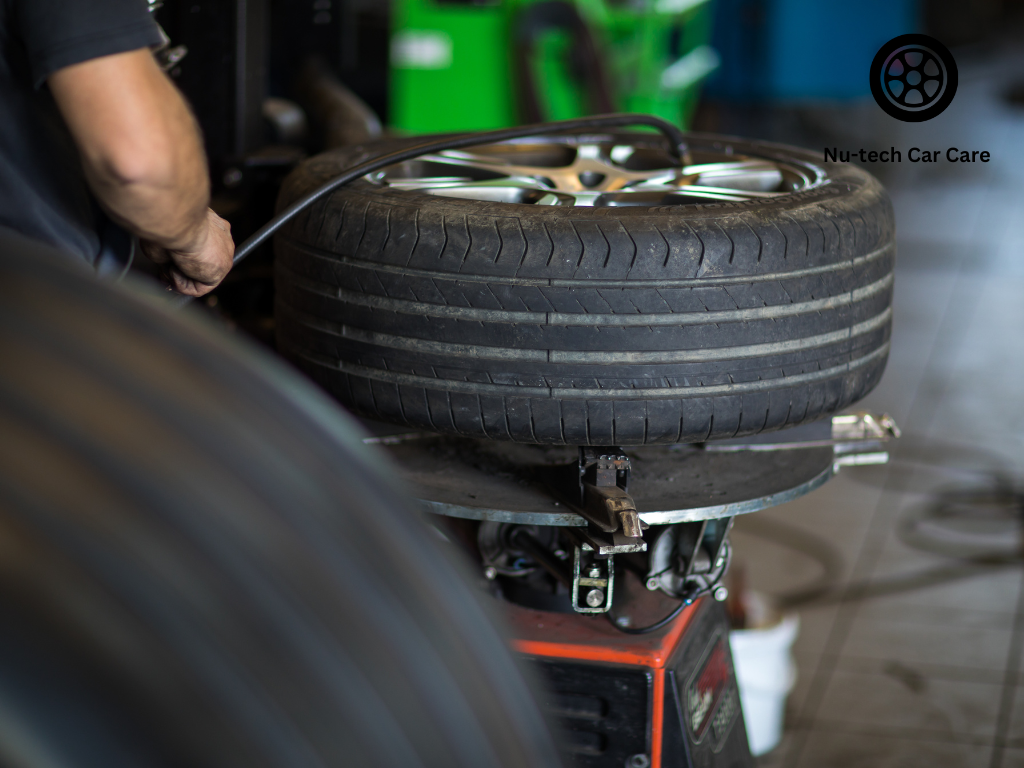
The Correct Tyre Pressure Is on the Tyre Sidewall
Many believe that the tyre pressure indicated on the sidewall is the recommended pressure for their vehicle. However, this figure is actually the maximum pressure the tyre can safely handle, not the optimal pressure for performance and efficiency. The recommended tyre pressure for most vehicles can usually be found in the owner’s manual or on a sticker inside the driver’s side door. Maintaining the correct tyre pressure is crucial for safety, fuel efficiency, and the longevity of the tyre.
It’s Okay to Drive on Slightly Under-Inflated Tyres
Driving on under-inflated tyres, even slightly, is a risky practice. Under-inflation can lead to uneven wear, reduced fuel efficiency, and in extreme cases, tyre failure. It also affects the vehicle’s handling, making it more difficult to steer and stop. Regularly checking and maintaining the correct tyre pressure is a simple yet effective way to ensure your tyres perform safely and efficiently.
Winter Tyres and All-Season Tyres: Understanding the Difference
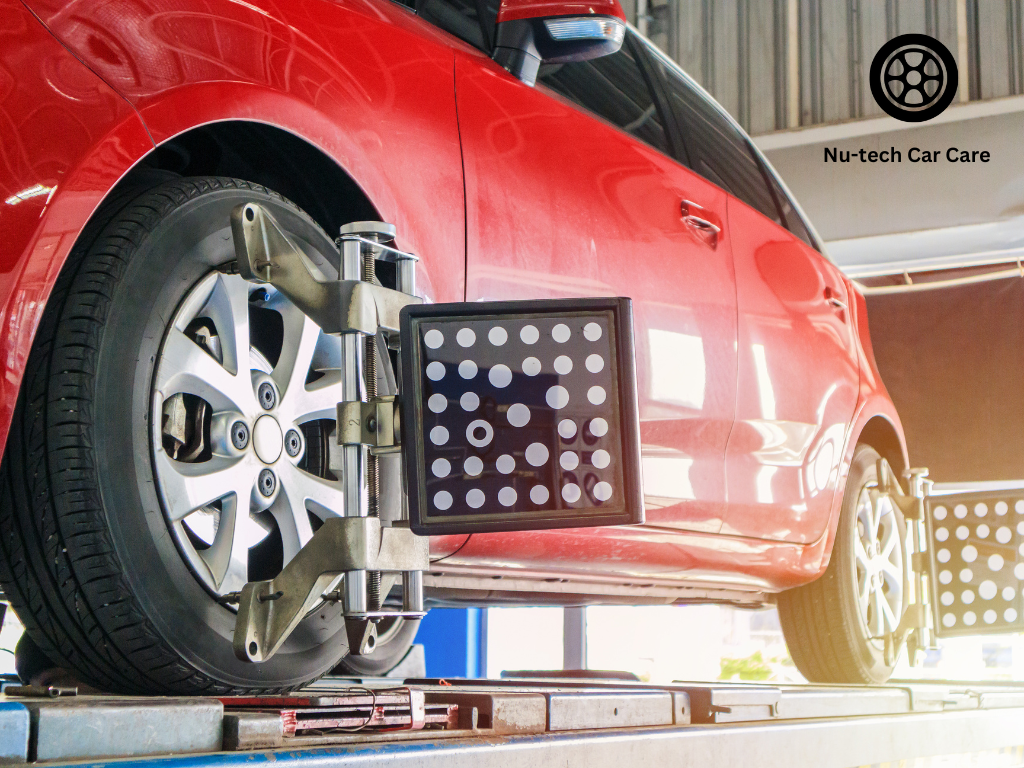
All-Season Tyres Are Just as Good as Winter Tyres in Snow
This myth often leads to confusion regarding the capabilities of all-season tyres in winter conditions. While all-season tyres provide a balanced performance in various weather conditions, they are not specifically engineered for extreme winter weather. Winter tyres, on the other hand, are designed with a special rubber compound that remains flexible in cold temperatures, offering better grip and traction on snow and ice. They also feature unique tread patterns that enhance handling in winter conditions. Understanding this distinction is crucial for ensuring safe driving in snow and icy conditions, where winter tyres would be the more appropriate choice.
Tyre Age and Replacement Myths
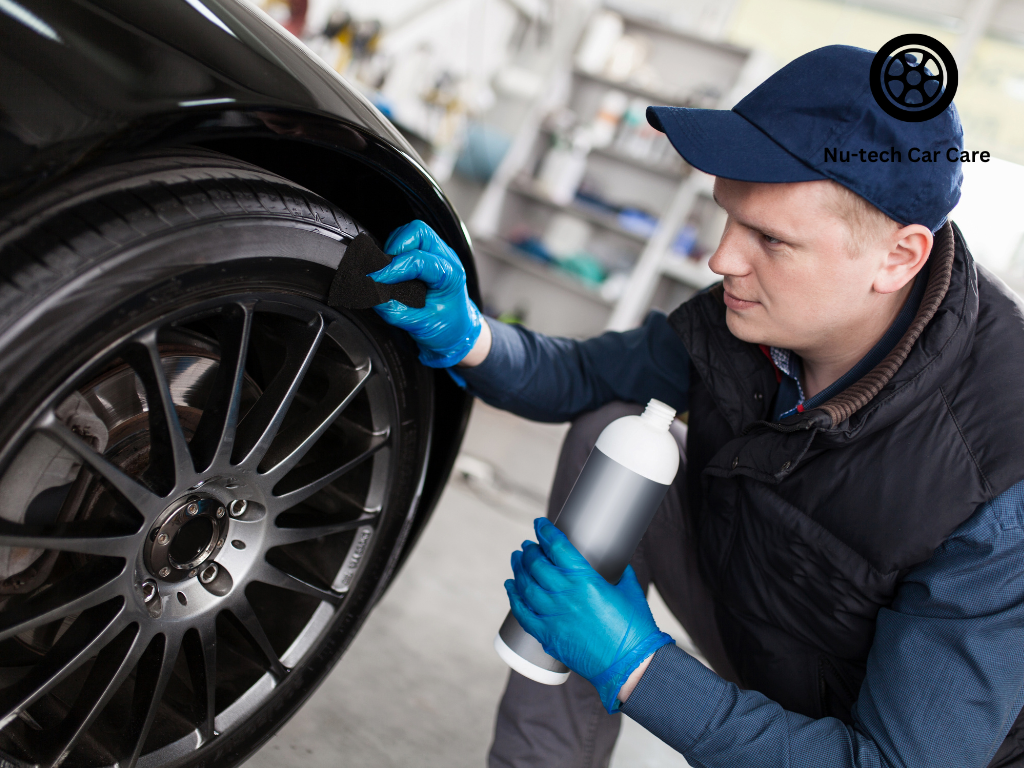
Tyres Only Need to Be Replaced When Tread Is Worn
While tread wear is a visible indicator of a tyre’s condition, tyre age is equally important. Over time, the rubber compounds in tyres deteriorate, regardless of tread depth, which can lead to reduced performance and potential safety hazards. Most tyre manufacturers recommend replacing tyres every 6 to 10 years, depending on conditions and usage. It’s important to regularly inspect tyres for any signs of aging, such as cracks or sidewall bulges, and not rely solely on tread depth for replacement decisions.
Used Tyres Are a Great Way to Save Money
Purchasing used tyres might seem like a cost-effective solution, but it comes with significant risks. Used tyres may have hidden damages, such as internal wear or repairs, that aren’t immediately visible. This can compromise their performance and safety. Additionally, the history of used tyres, including exposure to harsh conditions or improper storage, is often unknown, which could further affect their reliability. For safety and performance reasons, investing in new tyres is usually a more prudent choice than risking used tyres.
Performance Tyres and Fuel Efficiency
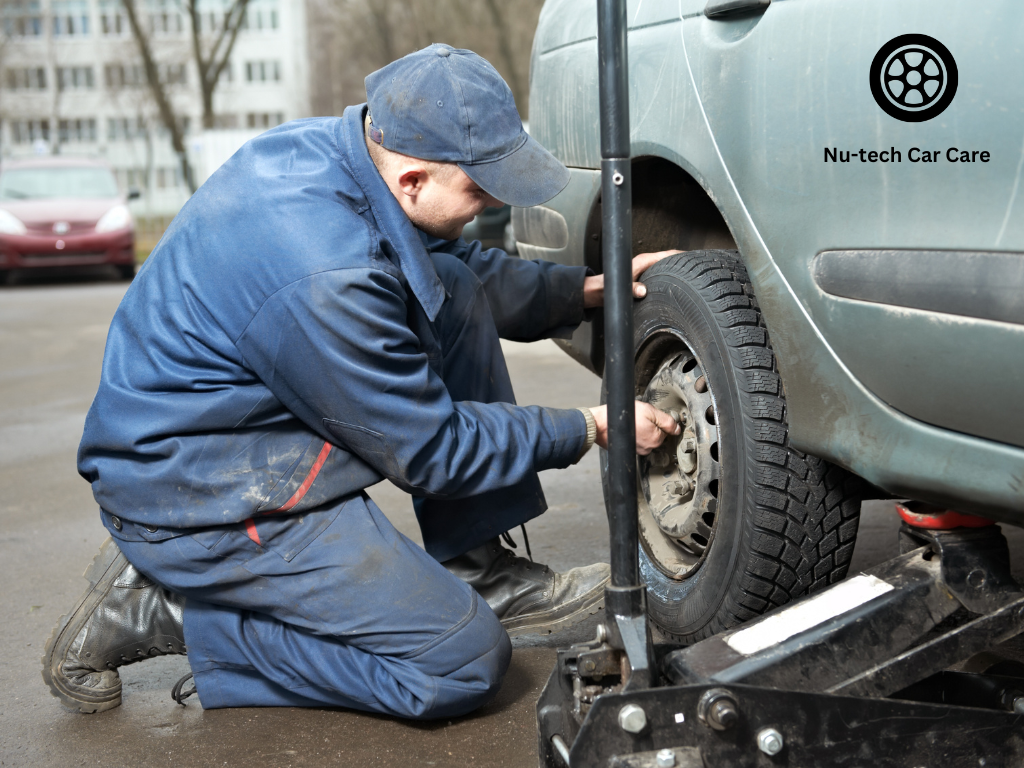
Performance Tyres Don’t Affect Fuel Efficiency
There is a common misconception that performance tyres, designed for enhanced grip and handling, do not impact a vehicle’s fuel efficiency. However, the truth is more complex. Performance tyres often have a softer rubber compound and a design that increases road resistance, which can lead to higher fuel consumption. While the impact might not be drastically high, it’s an important factor for drivers to consider, especially if fuel efficiency is a priority. Balancing the need for performance with fuel economy requires careful consideration of the tyre’s features and the specific driving conditions they will be used in.
Myths About Tyre Repairs
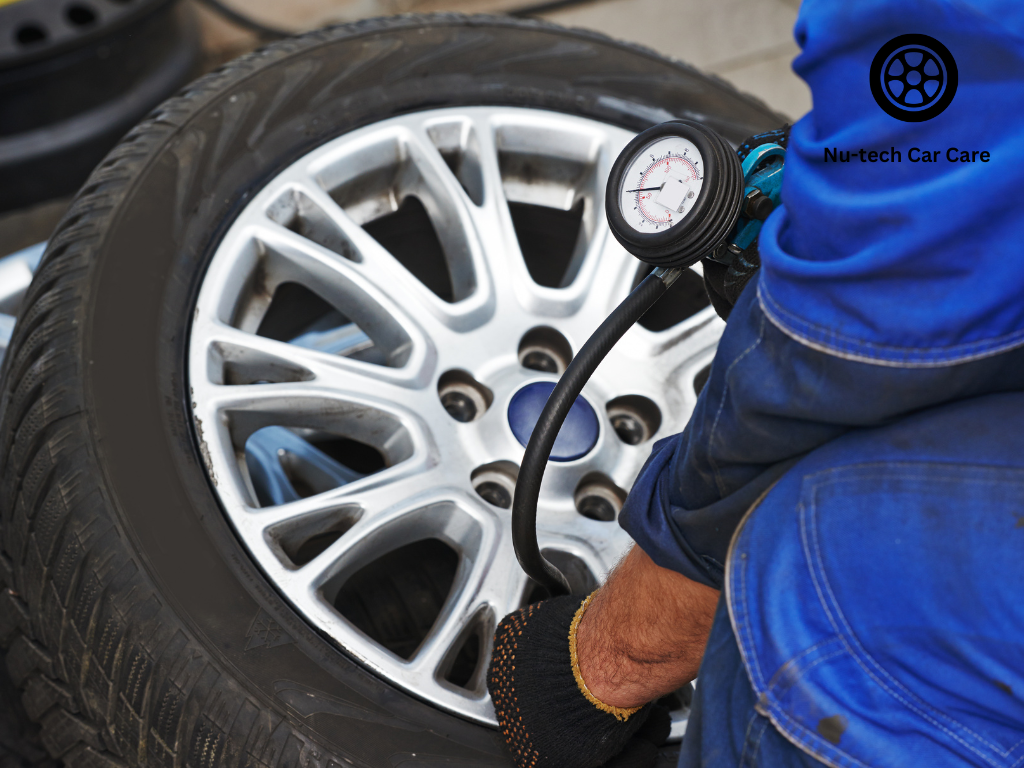
A Punctured Tyre Always Needs to Be Replaced
It’s a common belief that once a tyre is punctured, it’s beyond repair and must be replaced. However, this isn’t always the case. The reparability of a punctured tyre largely depends on the size and location of the puncture. Generally, punctures smaller than 6mm in diameter and located in the tread area can be safely repaired by a professional. Punctures in the sidewall or shoulder of the tyre, however, typically render the tyre irreparable due to the high stress these areas undergo. It’s crucial to have a punctured tyre assessed by a professional to determine if a safe and effective repair is possible.
Eco-Friendly Tyres and Environmental Myths
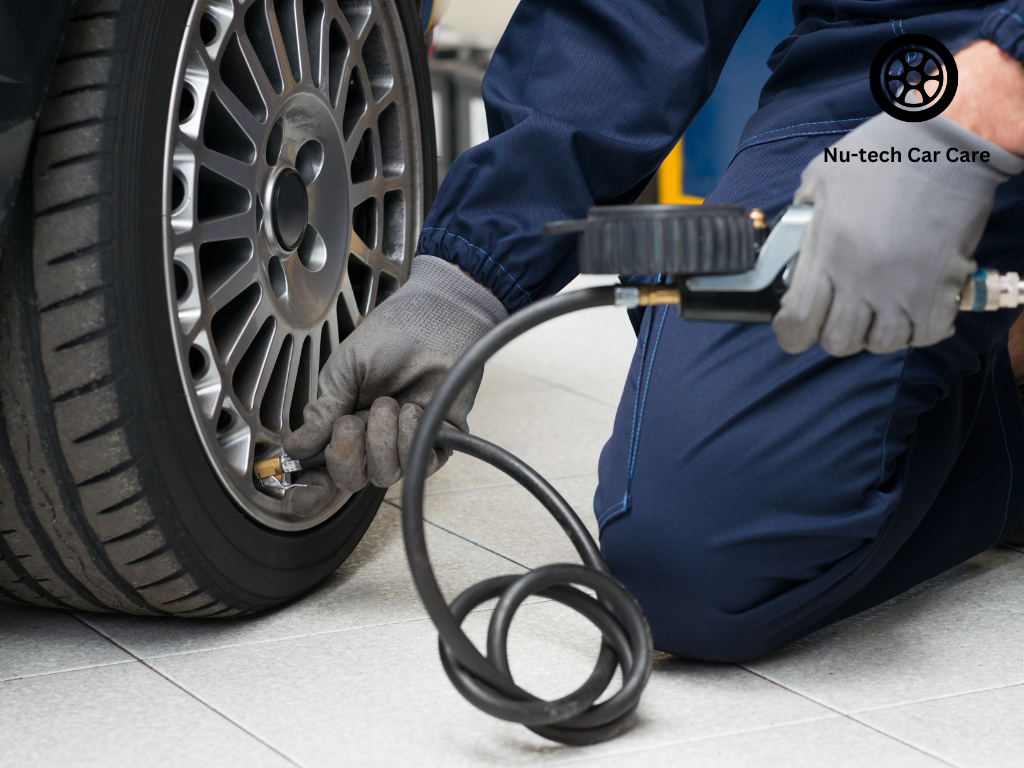
Eco-Friendly Tyres Don’t Offer Good Performance
This myth stems from the assumption that the eco-friendliness of a tyre means a compromise in its performance capabilities. However, advancements in tyre technology have led to the development of eco-friendly tyres that do not sacrifice performance. These tyres are designed to reduce rolling resistance, which not only improves fuel efficiency but also enhances the overall driving experience. Additionally, many eco-friendly tyres use innovative tread designs and materials that maintain, and in some cases even improve, traction and durability.
Conclusion
Navigating the world of tyre technology can be challenging, especially with prevalent myths and misconceptions influencing decisions. Understanding the truth behind these myths is essential for making informed choices regarding tyre selection and maintenance. Accurate knowledge ensures that drivers can select the right tyres for their specific needs and maintain them properly, thereby enhancing vehicle performance, safety, and longevity.

